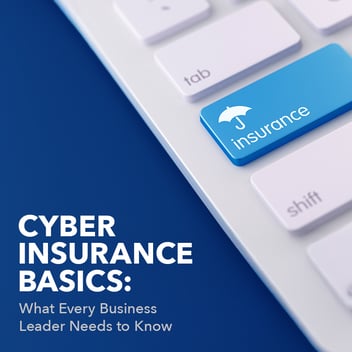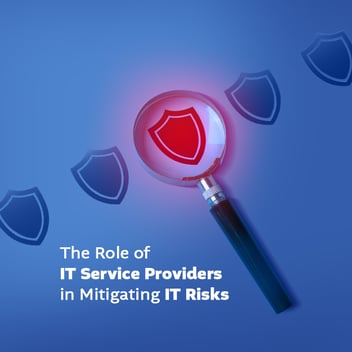Top 5 Threats IoT Devices Pose to Data Protection & Privacy
How secure is your IoT (Internet of Things) data? If you don’t know the answer, you could be in trouble.
Yes, IoT devices, or “smart” gadgets, have indeed made life easier for people and businesses like yours — but they can also expose your data and privacy to hackers. As a responsible business, you need to protect your IoT data from cyberthreats.
In this blog, you’ll learn about the common IoT vulnerabilities and the top five threats you need to keep an eye out for. So, buckle up and let’s explore the world of IoT and data security.
Understanding IoT vulnerabilities
Common IoT vulnerabilities that you should be vigilant about are:
Device flaws
Some IoT devices have vulnerabilities in memory, firmware, physical interface, web interface and network services. Hackers can exploit these vulnerabilities by leveraging default passwords, outdated software and improper updates.
Communication channels
Cybercriminals can disrupt the communication channels of IoT devices to launch spoofing attacks or denial of service (DoS) attacks. As a result, this can lead to malicious access to your network or even overload your devices, causing them to stop working.
Software weaknesses
Hackers often target the software that runs on IoT devices and inject malware, which can severely compromise the security and functionality of the device.
The top five threats to your data security
Now that we’ve covered the top IoT vulnerabilities, let’s look at five major threats associated with these devices.
Uncontrolled data collection
IoT devices collect a lot of data, sometimes without your permission. This data can reveal sensitive information about you, your business and your customers. Therefore, you must handle IoT data with the same level of caution as you would for any other data on your network. Make sure that you encrypt, store and dispose of it securely.
Unsecured devices
One unsecured IoT device can open the door for hackers to access your network and data. This can lead to severe breaches and violations. That’s why it’s important to secure all your devices by changing default passwords, updating software and installing firewalls to prevent unauthorized access.
Inadequate security policies
IoT devices are diverse and complex. Each IoT environment requires different security measures depending on its type, function and location. Therefore, you need to create customized security policies for each environment by defining who can access your devices, what data they can collect and how they can communicate.
Lack of IoT security awareness
IoT technology is constantly changing and evolving. To stay up to date with the latest trends and threats, it is important to educate yourself and your staff about the IoT landscape through regular training sessions.
Privacy issues
IoT devices can threaten your privacy and the privacy of your customers if the collected data ends up in the wrong hands. Therefore, it is crucial to ensure that you respect and safeguard the privacy of your IoT data. You must comply with data protection laws like HIPAA, GDPR, CMMC and NIST CSF, as well as any cyber insurance policies that may apply.
Navigating IoT compliance
Remember, if you fail to secure your IoT data, you can face penalties and lawsuits.
But don’t panic. We can help you.
Our compliance services can help identify and reduce IoT risks and ensure compliance with data protection standards, saving time, money and hassle.
If you want to learn more, contact us for a free consultation. Let’s work together to make your IoT strategy secure and successful.




